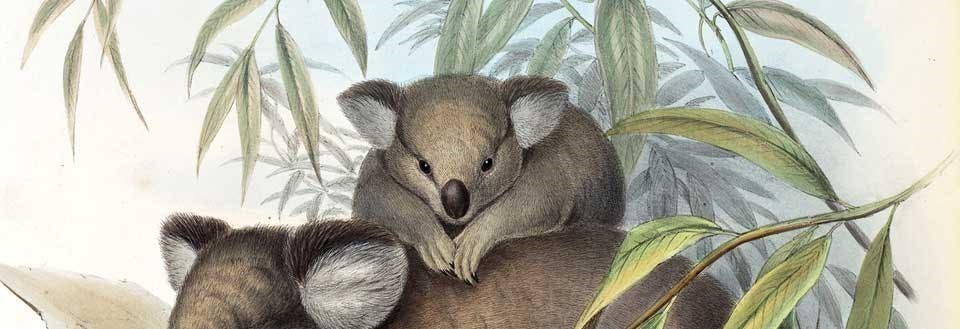Section VII.
The Education of Charles Darwin, 1809-1844
Charles Darwin was a born naturalist. When he was young, he collected all kinds of things: coins, seals, minerals. He learned to shoot, and began collecting birds. He attended Edinburgh University and collected sea creatures from tidal pools; he moved on to Cambridge and collected beetles. As he matured, he encountered teachers like Robert Grant at Edinburgh and John Henslow at Cambridge who gave structure to his curiosity, and taught him Linnaean nomenclature, the basic principles of anatomy, and the techniques of microscopy. As chance would have it, he found himself invited on the Beagle voyage, and for five years was able to collect on a grand scale, and also learn something about the distribution of animals and plants, about geology, and about fossil remains. When he returned, he was now a trained naturalist and geologist, and able to make small contributions to zoology and paleontology. His narrative of his voyage and his Zoology of the Beagle brought Darwin to the attention of the scientific public. And, as he sorted out his specimens and mused on his notes, Darwin rather quickly converted to the idea of the transformation of species, or what we now call evolution. In 1844, he wrote it all out in manuscript. But it was still a private notion. The Origin of Species was fifteen years away.

